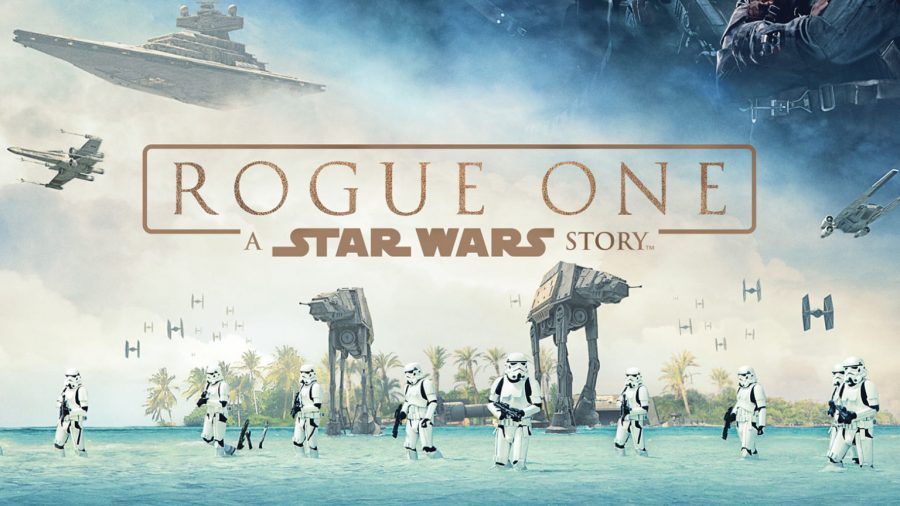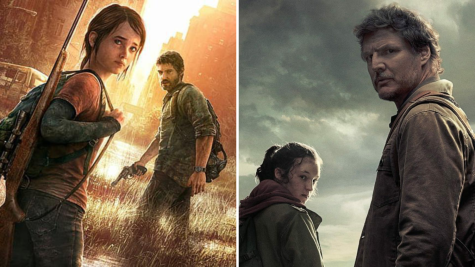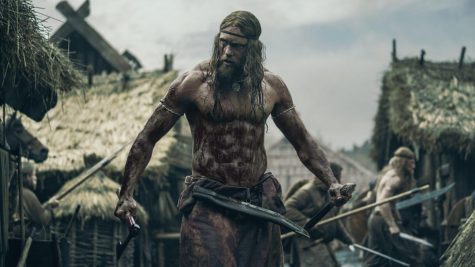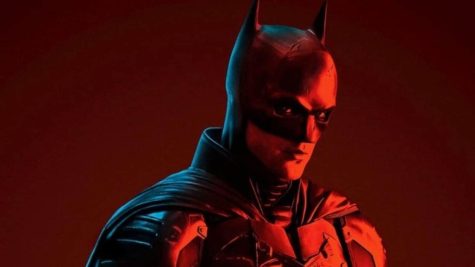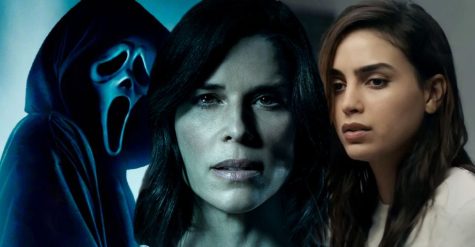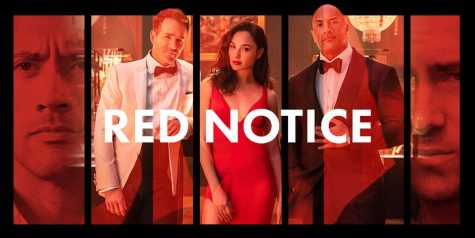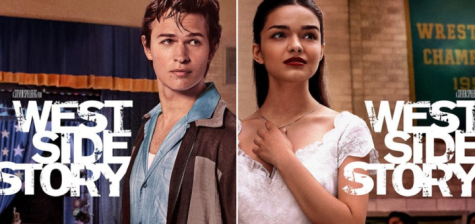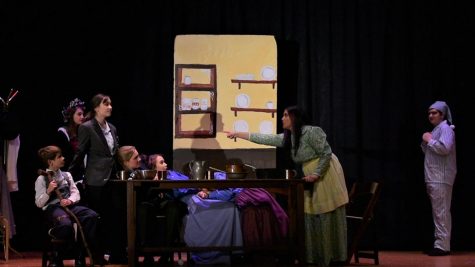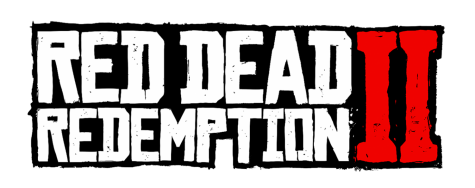Rogue One serves its purpose (and thrills, too)
The latest Star Wars film has proven another box office success.
What a ride! Rogue One: A Star Wars Story has left many fans with open mouths and aching hearts.
The film’s main purpose was to fill in a large plot hole in the original series, a purpose that it serves perfectly.
In the original trilogy, Episode IV: A New Hope begins with Princess Leia presenting the Death Star plans to the rest of the crew and creating a mission to destroy it. The big question always was: How in the world did they get their hands on those plans?
Well, Rogue One answers this question thoroughly and also dives into the earlier days of the Rebellion, providing background and context.
The film follows a young renegade named Jyn Erso, daughter of a famous Imperial engineer. Her mother died at the hands of the Empire and her father, Galen Erso, was taken when she was a child, leaving her an orphan.
She is travelling incognito until she is taken in by the Rebellion, which believes that she can help. In return for her freedom and her father’s rescue, they ask her to contact an old family friend, Saw Gerrera, an extremist rebel. Along with a somewhat eccentric, but effective and entertaining crew, she embarks on journey to save her father from the hands of the Empire.
Along the way, Jyn discovers that her father has been building a powerful weapon for the Empire, the Death Star, a machine capable of destroying entire planets. However, through Saw Gerrera, her father sends her a hologram in which he describes a weakness that he put in the Death Star, one that if activated, would destroy the whole thing.
Jyn and her crew’s journey is transformed as they desperately race to find a way to access the Death Star’s weakness and save the Rebellion.
Although hilarious at times, the film is significantly darker than any of the other Star Wars films. It is a glimpse behind the scenes of the original Star Wars journey, with no Jedis, lightsabers, or cool tricks with the Force, until Darth Vader steps into the picture toward the end of the movie.
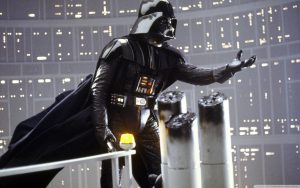
Iconic villain Darth Vader makes a brief appearance in Rogue One.
Instead, the film focuses on ordinary people, with no special powers, only a small bit of hope and the courage to go after it for the good of the masses. It provides insight into how many people really gave their lives for Han Solo and Luke Skywalker’s mission to succeed.
Despite the movie’s dark theme and many heavy moments, comedic relief is provided in the form of Alan Tudyk’s K-2SO, an Imperial security droid, reprogrammed by the Rebellion.
The droid’s dryly delivered statistical analyses and constant updates on the likelihood of the crew’s death buoy the film’s mood and lines like “Congratulations on being rescued” and “There’s a problem on the horizon. There is no horizon,” genuinely entertain the audience. The remarks not-so-subtly remind the audience of C-3PO and his own blunt comments in the original saga, making fans smile and reminisce about the “good old days.”
A few of these lines are pleasant, but when overdone with other constant shout-outs to the original films, it becomes annoying and irrelevant.
Because of the fact that the film is supposedly a stand-alone in the saga, people went to see it without being familiar with the world. The film, however, takes minimal time explaining the world. It dives into Jyn’s storyline, leaving many viewers confused and frustrated.
The constant side references to the original films hurt more than they help. For Star Wars fans they are a flavor of nostalgia, but for Star Wars rookies they come across as obscure and only take away from the enjoyment factor.
Overall, despite its stand-alone status, it really is a movie for the fans–people familiar with the world and its major players.
But the stand-alone status has seemed to limit its box office power. It could be that many viewers feel that, since the film is not directly related to the original saga, it is not necessary to see it.
The film opened with a solid $155 million weekend, queues of excited fans (some in costume) outside the country’s cinemas, and an impressive total gross of $980 million to date. It is still significantly short, however, of 2015’s Star Wars: The Force Awakens ($2.066 billion).
One of the most notable differences between it and Episodes I-VII, and perhaps another reason why some fans were reluctant to consider it a real Star Wars movie, is the fact that it is not scored by John Williams.
The brilliant composer’s music has been a staple of Star Wars films since the beginning and its absence was noticeably felt.
This is not to say that composer Alexandre Desplat’s score is inadequate. On the contrary, it is beautiful and thrilling, complementing the movie nicely. It’s just different.
The cast work off of each other brilliantly. Donnie Yen’s performance as the blind warrior monk Chirrut Imwe stole the show, with actors such as Riz Ahmed also shining brightly.
The main disappointments came via the two lead characters, Jyn Erso and Captain Cassian Andor. Although well portrayed by Felicity Jones and Diego Luna, respectively, the characters themselves seem underdeveloped and somewhat flat.
The film focuses so much on driving the plot forward and bridging the logical gap, that it doesn’t afford its main characters the development that they deserve. Because of this, the ending, which should have been heart-breaking, is only slightly upsetting.
Overall though, the film does not disappoint. It has a great balance between sense and nostalgia, pleasing the crowd and exciting them for Star Wars: Episode VIII, due at the end of the year.

Kate is a junior. She loves writing and has done lots of it, especially short stories
and poetry in both Russian and English. She looks up to many...

